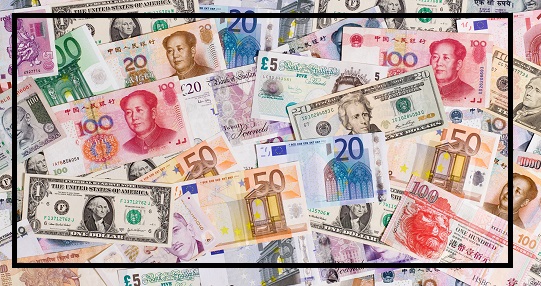In a move reminiscent of demonetization, the Indian government has announced the withdrawal of 2,000 rupee notes from circulation by September 30.
Termed by many as “demonetization 2.0,” this decision is seen as a measure to curb black money and replace worn-out paper notes.
As discussions on currency notes resurface in India, it’s interesting to note that there are 23 countries worldwide that have already transitioned to plastic currency.
In fact, six of these countries have completely replaced their traditional paper money with durable polymer notes.
Here’s a detailed look at these countries and their adoption of plastic currency.
Australia: Pioneering Plastic Currency Since 1988
Australia holds the distinction of being the first country in the world to introduce plastic currency. As early as 1988, polymer banknotes were launched, making Australia the sole producer and exporter of such notes globally.
New Zealand’s Polymer Revolution: The Success of Plastic Currency
Neighboring New Zealand followed suit in 1999 by replacing paper currency with polymer banknotes.
Known as the New Zealand Dollar, their plastic notes range from 5 dollars to 100 dollars, offering enhanced durability and security features.
Papua New Guinea: Embracing Plastic Currency for Economic Independence
Papua New Guinea, a small island country in the Pacific Ocean, gained independence from Australia in 1975.
Despite initially using the Australian dollar, the country eventually introduced its own currency, the Kina. Around the year 2000, Papua New Guinea switched to plastic notes, ensuring longevity and resistance to wear and tear.
Brunei’s Battle Against Counterfeit: Plastic Currency to the Rescue
Situated in Southeast Asia, Brunei is a small Muslim country known for its wealth. In response to rising cases of counterfeit currency, Brunei introduced plastic notes as a countermeasure, ensuring greater security and trust in their currency, the Brunei Dollar.
Vietnam’s Plastic Currency: A Southeast Asian Innovation
Vietnam, another Southeast Asian nation, joined the plastic currency trend in 2003 when it introduced Vietnamese dong polymer banknotes.
With denominations ranging up to 5 million dong (equivalent to approximately 20 US dollars), Vietnam’s plastic currency has proven its effectiveness in combatting counterfeit practices.
Romania Takes the Lead in Europe: Polymer Notes Introduced in 2005
Breaking new ground in Europe, Romania became the first and only country on the continent to adopt plastic banknotes.
The Romanian Leu underwent a transformation in 2005 when the government replaced traditional paper notes with polymer currency, ensuring greater durability and security.
The Advantages of Plastic Currency: Why Countries Are Making the Switch
Financial experts have lauded the benefits of plastic currency. The material’s resistance to dirt and moisture, coupled with its intricate security features, make it significantly harder to counterfeit.
